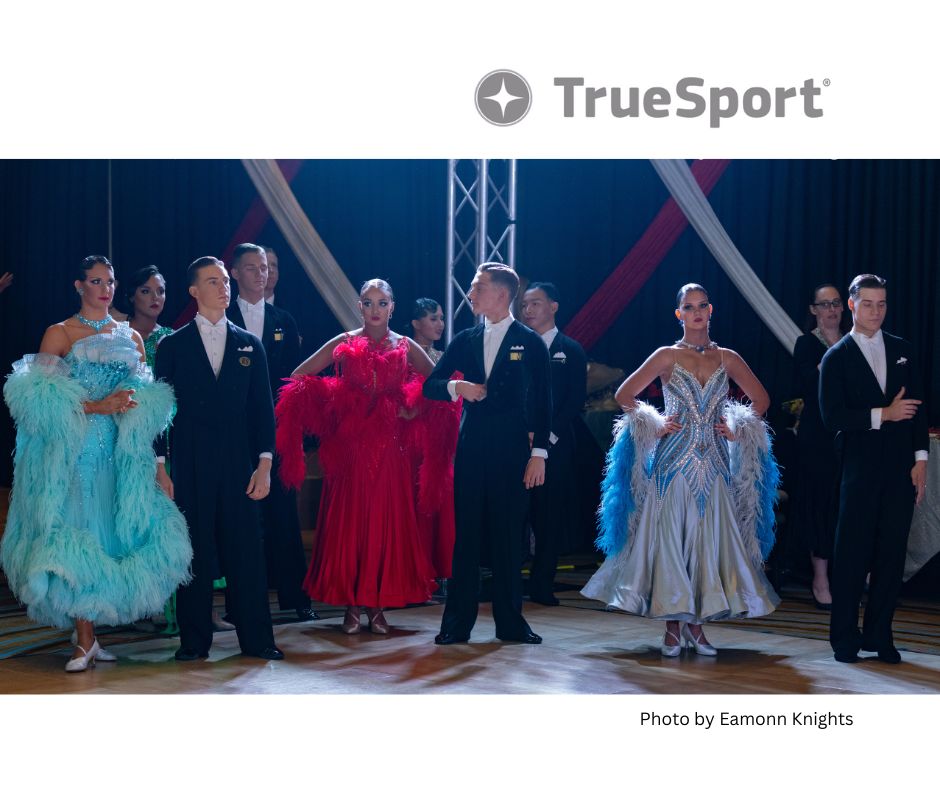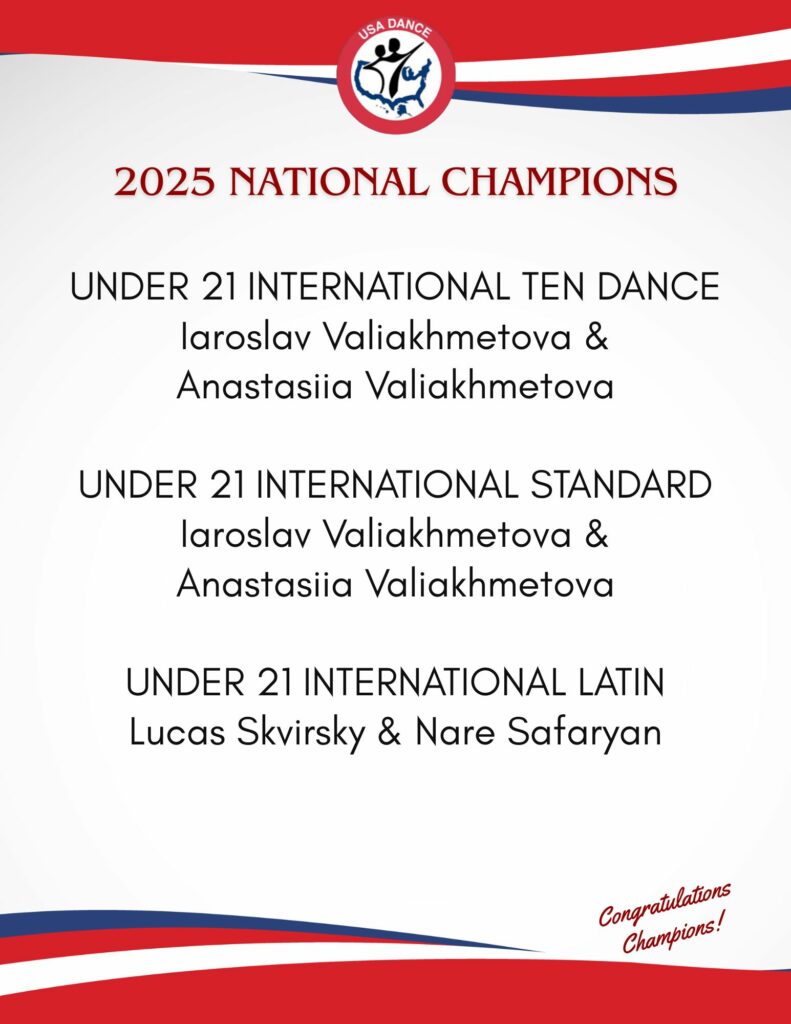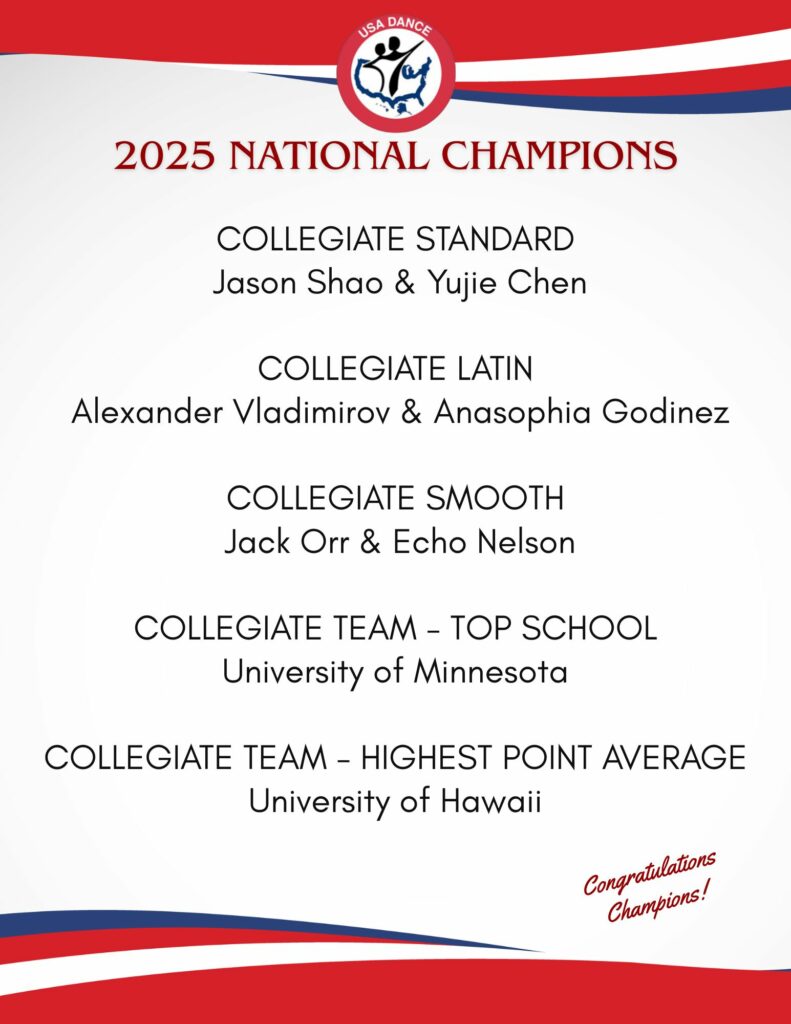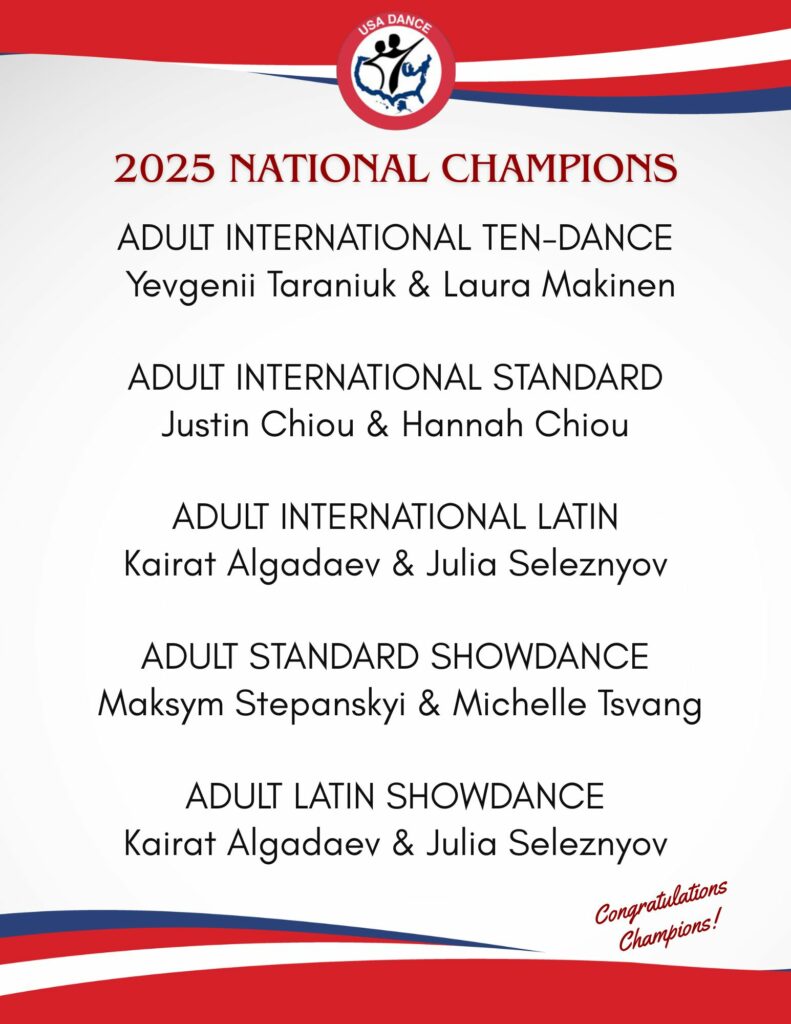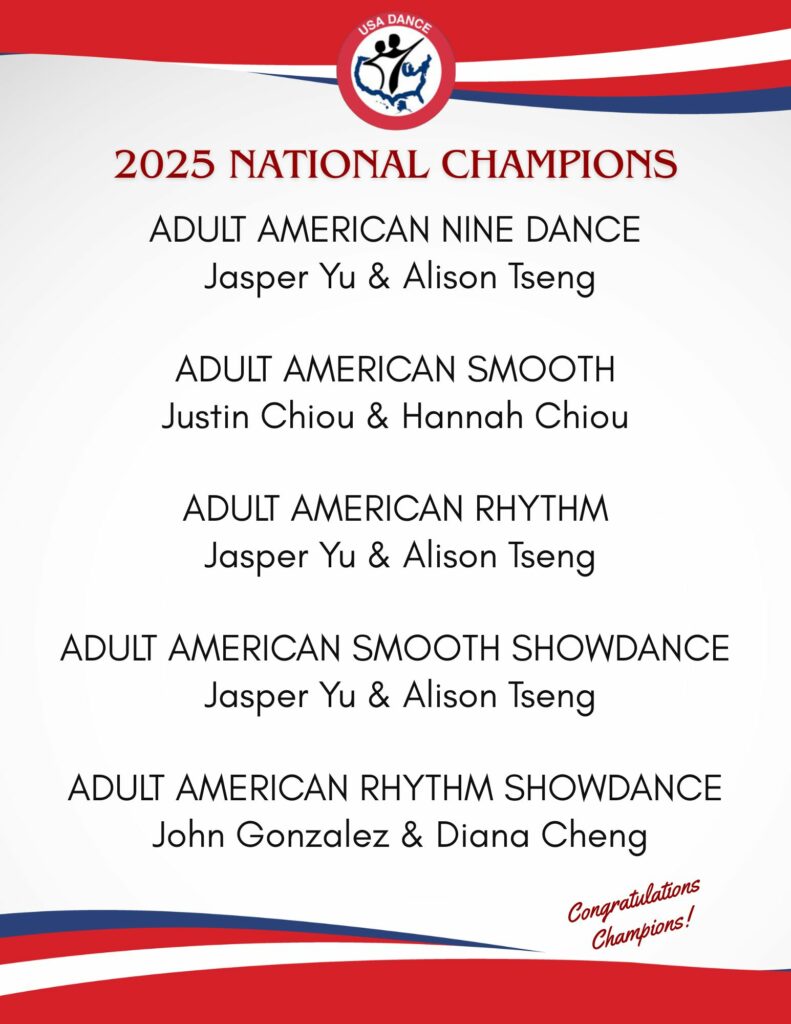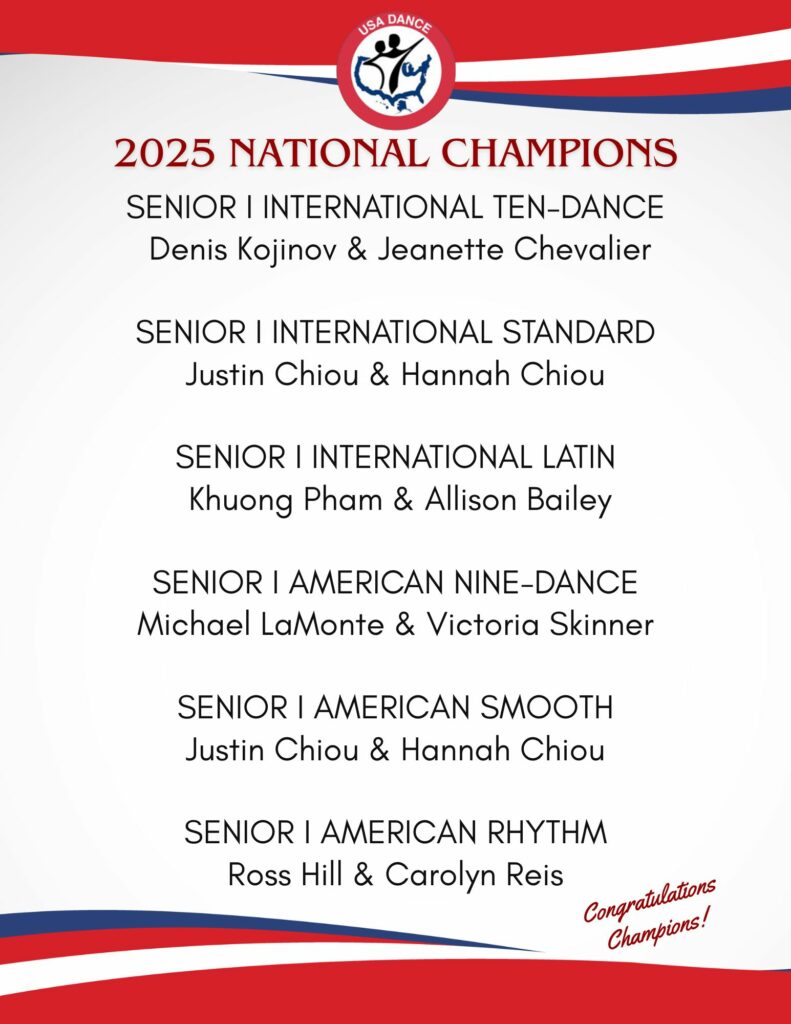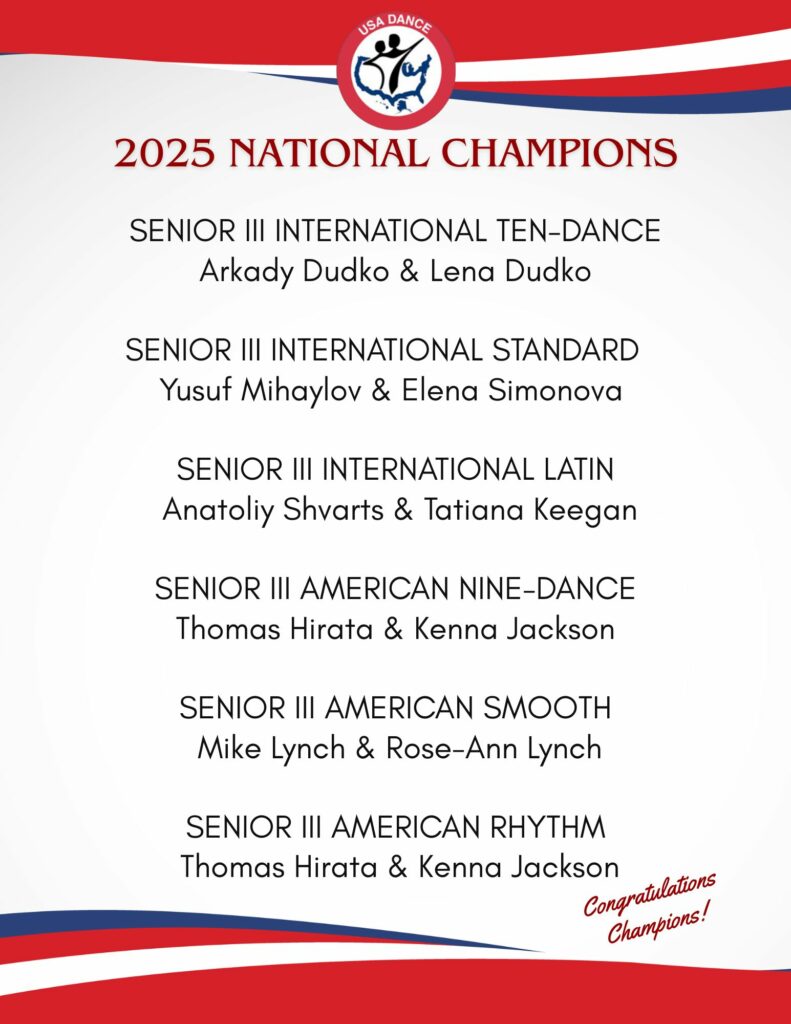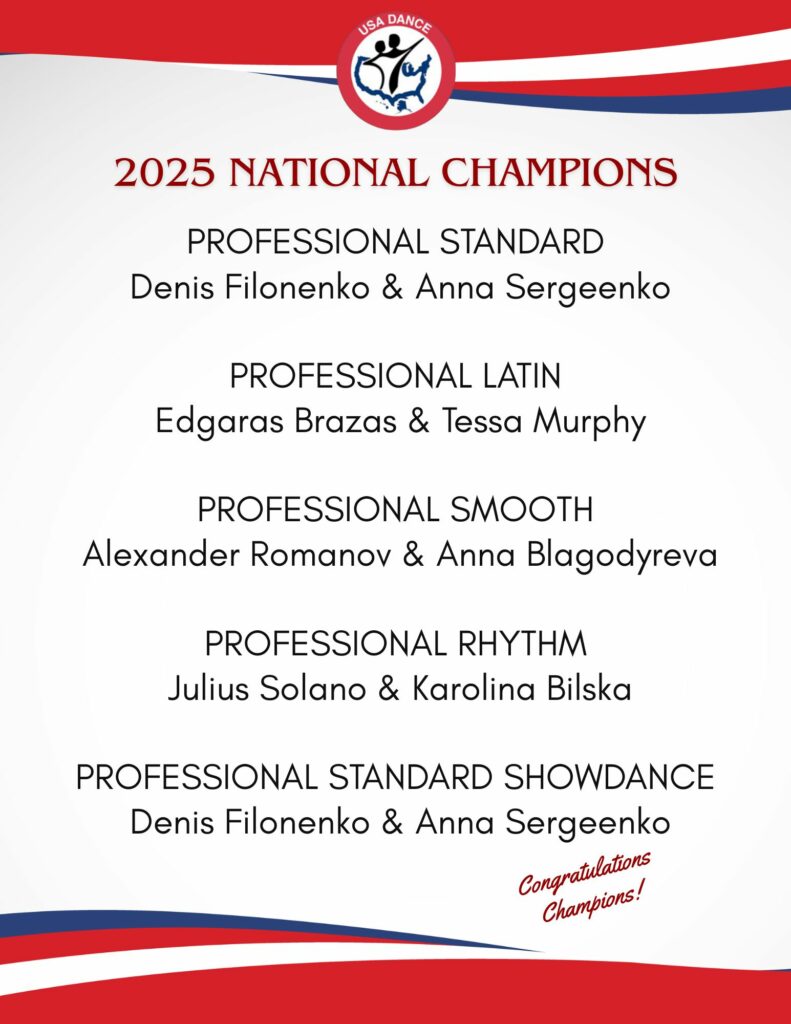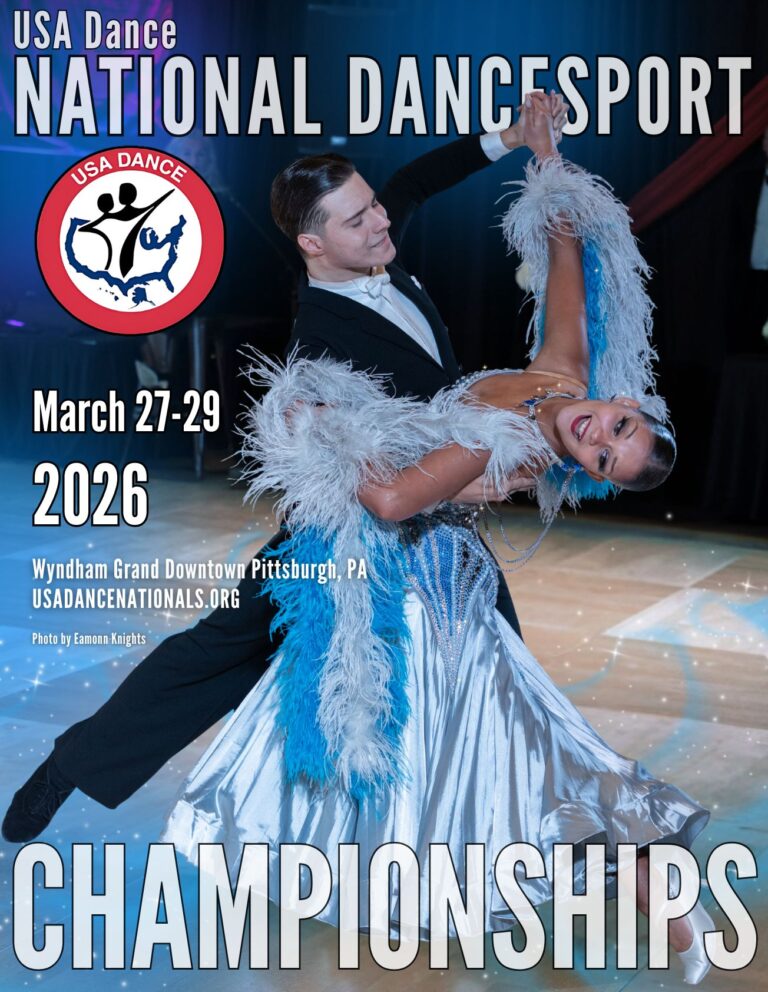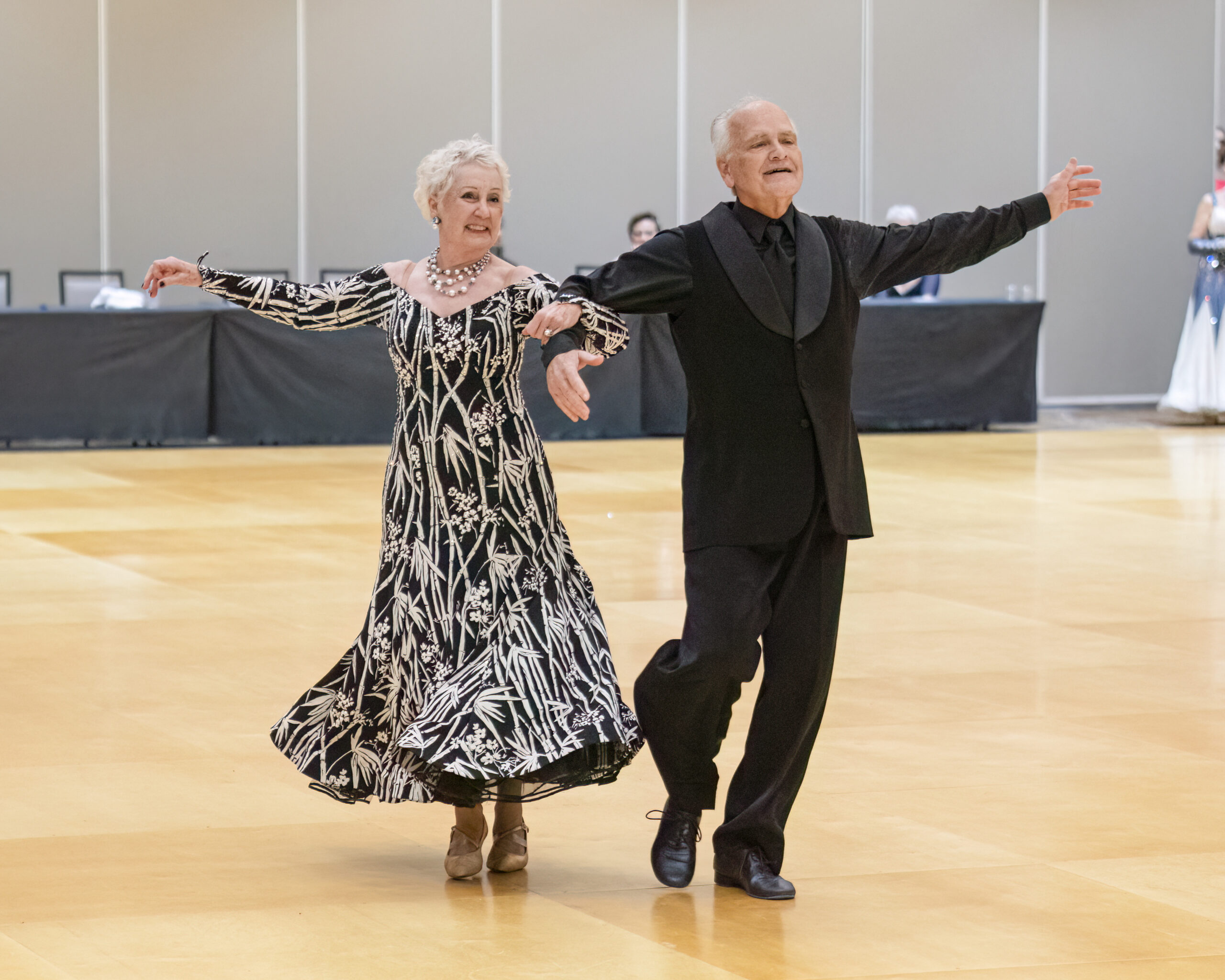Your role as a coach doesn’t begin and end with practice and performance days, and your responsibilities extend far beyond skills, drills, wins, and losses. When it comes to keeping athletes healthy and motivated, boundaries are essential. You can help athletes create boundaries for themselves, as well as establish team boundaries that promote both mental and physical well-being.
Here, TrueSport Expert and licensed clinical psychologist, Dr. Melissa Streno, explains how coaches can make simple adjustments to how they interact with their athletes to improve mental and physical well-being on and off the ballroom floor.
1. Hold a pre-season or early-season team meeting
Team boundaries should be clearly stated from the very beginning, says Streno. Athletes should never have to wonder about things like communication protocols, the ability to skip a practice or competition if needed, or what’s expected of them outside of regularly scheduled practice sessions. At the beginning of each season, hold a team meeting and lay out these boundaries and rules. Make sure that athletes and families have access to a document or email for future reference.
2. Encourage honesty about health
Often, athletes are hesitant to share how they are feeling physically and mentally with a coach because they fear being overlooked. Streno explains that while this may lead to more athlete participation in the short term as athletes push through injuries, illness, and even mental health issues, this lack of communication can lead to more serious injuries, illness, and issues for athletes in the long term.
From the start, ensure athletes know that they won’t be punished for needing a break. It’s often better to let an athlete skip practice one day to recover from a cold or a minor muscle strain rather than forcing them to perform through it, since that can potentially exacerbate the issue. Some athletes may even need occasional mental rest days, simply because the demands of school, work, and sport are weighing on them. Streno notes that it is important to truly stick to your word here and not penalize athletes who do miss practice for health reasons.
3. Set your own communication boundaries—and stick to them
Let athletes know the best way to communicate with you and with each other about team issues, says Streno. Should they email, or is there a team WhatsApp? During what hours can they expect a prompt response? This helps preserve your own boundaries—no coach wants to receive texts at midnight from an athlete asking about start time in the morning—and helps your athletes see what healthy boundary-setting looks like.
However, Streno is quick to note that once you make the boundaries clear, you have to practice what you preach. If you say that athletes should only expect responses from you via email during certain hours of the day, make sure that you’re not sending emails outside of those times. You can even consider scheduling emails to model boundary-setting while maintaining some flexibility for yourself.
4. Plan how and when you will communicate important news
Athletes shouldn’t be kept in the dark about when and upcoming events, says Streno. There should be predetermined systems in place to pass needed information. There shouldn’t be surprises or anxiety around the timing and style of already stressful news: Students shouldn’t be checking emails, texts, and bulletin boards, anxiously guessing when and where the news will drop. Remember, athletes are already inundated with huge amounts of information coming at them in all directions, so making your communications as clear as possible can be extremely beneficial.
5. Help set expectations around “extra” activities
Unfortunately, a lot of athletes are caught up in a “keeping up with the Joneses” mentality around things like extra coaching, regular chiropractor visits, working with sports psychologists, and lessons from visiting coaches. “I have athletes who are pulled out of school early to go to training before their other training, then they don’t get home until 9 p.m., have dinner, do homework, get to bed at midnight, and get up at 5 a.m. to do it all over again,” she says. “No wonder injuries and burnout are happening so frequently.” Make sure that your athletes understand that these extras will not necessarily guarantee them better results, says Streno.
6. Evaluate why athletes are pushing the boundaries
Finally, the key to setting strong boundaries for your athletes is to assess which boundaries are and aren’t working. If your athletes are constantly texting you with questions after hours, this may seem like a boundary violation, but upon further reflection, you may realize that they’re asking vital questions that you have failed to address in the appropriate channels. So, their seemingly problematic communication is actually based on a lack of communication on your part. Similarly, if several athletes are consistently asking to skip practice due to mental fatigue, you may need to check in on why they need the break. Are they over-scheduled elsewhere, or is the team dynamic emotionally taxing?
Takeaway
As a coach, you’re in a unique position to help athletes learn to manage their own boundaries, and to set boundaries for the whole team that will help improve overall wellness. These boundaries aren’t just good for the athletes; they can also benefit you and lead to better performance.
About TrueSport
TrueSport®, a movement powered by the experience and values of the U.S. Anti-Doping Agency, champions the positive values and life lessons learned through youth sport. Backed by U.S. Congressional mandate, TrueSport inspires athletes, coaches, parents, and administrators to change the culture of youth sport through active engagement and thoughtful curriculum based on cornerstone lessons of sportsmanship, character-building, and clean and healthy performance, while also creating leaders across communities through sport.
For more expert-driven articles and materials, visit TrueSport’s comprehensive collection of resources.
This content was reproduced in partnership with TrueSport. Any content copied or reproduced without TrueSport and the U.S. Anti-Doping Agency’s express written permission would be in violation of our copyright, and subject to legal recourse. To learn more or request permission to reproduce content, click here.

